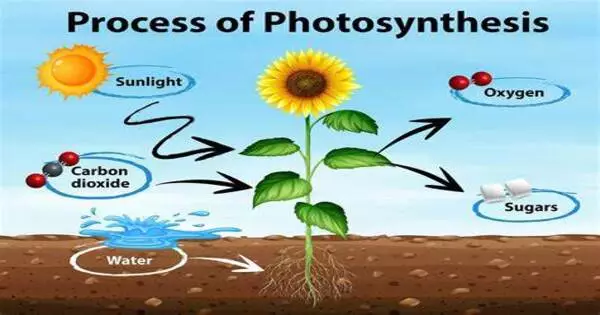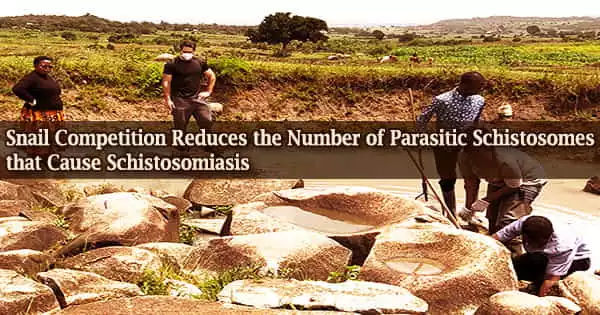Photosynthesis systems are electronic scientific tools used to assess photosynthetic rates in the field in a non-destructive manner. The biological process by which plants, algae, and some microorganisms transform light energy into chemical energy in the form of glucose and other organic compounds is known as photosynthesis. Photosynthesis systems are widely employed in agronomic and environmental research, as well as global carbon cycle investigations. It is a vital process in the evolution of life on Earth, involving complex systems and structures.
Here are some key components of photosynthesis systems:
- Chloroplasts: These are the organelles responsible for photosynthesis in plant cells. Chloroplasts contain pigments like chlorophyll that capture light energy.
- Chlorophyll: Chlorophyll is the primary pigment involved in photosynthesis. It absorbs light energy, particularly in the blue and red parts of the electromagnetic spectrum.
- Light Absorption: Light energy is absorbed by chlorophyll molecules. This energy excites electrons, which start a series of chemical reactions.
- Light-Dependent Reactions: These reactions occur in the thylakoid membranes and involve the splitting of water molecules, electron transport chains, and the creation of ATP (adenosine triphosphate) and NADPH (nicotinamide adenine dinucleotide phosphate), which are energy-rich molecules.
- Calvin Cycle: The Calvin Cycle, also known as the light-independent reactions or the dark reactions, takes place in the stroma of the chloroplast. It uses the ATP and NADPH generated in the light-dependent reactions to convert carbon dioxide into glucose and other organic molecules.
- Carbon Fixation: Carbon dioxide from the atmosphere is captured and fixed into organic molecules during the Calvin Cycle.
- Oxygen Production: As a byproduct of the light-dependent reactions, oxygen is produced when water molecules are split.
Environmental Factors
Light intensity, temperature, and carbon dioxide content are all environmental elements that can influence photosynthesis. These variables can have an effect on the rate of photosynthesis in plants. Photosynthesis products, such as glucose and other sugars, are carried throughout the plant via the phloem to provide energy for growth and metabolism.
Photosynthesis is a vital process that sustains life on Earth by creating oxygen and organic chemicals that form the basis of the food chain. It is necessary for plant growth and development, and it helps to regulate the Earth’s atmosphere by sequestering carbon dioxide and releasing oxygen.
















